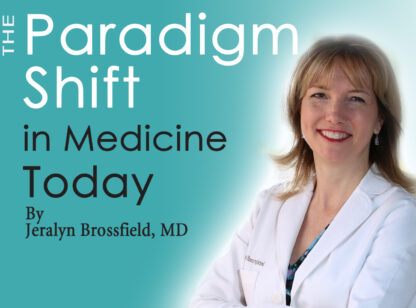New legislation became effective in June of this year allowing an individual to choose, when terminally ill, to receive medical aid in dying. It is known as the End of Life Option Act.
This summer, the Cathedral City Senior Center hosted a workshop led by Paul Zak, a retired social worker trained by Compassion and Choices, to help provide understanding.
The law enables a terminally ill, mentally capable adult (18 or older and a California resident) diagnosed with six months to live to request, through a doctor, a self-ingested medication that brings about a peaceful death. The Act is based on the Oregon Death with Dignity Act which has been in place for approximately 19 years with documented success.
People should have a full range and knowledge of options in order to make an informed decision about how they want their life to end, stated Zak, who reviewed six options currently available: do everything medically possible; avoid unwanted medical treatment; receive hospice, palliative care and/or palliative sedation; stop eating and drinking voluntarily; and now, invoke the California End of Life Option Act.
To ensure your rights to any of these options, Zak strongly recommends that all individuals establish a medical Power of Attorney. “If you think you should put it in writing, put it in writing. You may have told your wife, your husband, your significant other, your kids, but if you don’t have a document signed and witnessed, the doctor is going to do what the doctor is going to do.”
According to Zak, a patient wishing to exercise rights under this law has several steps to go through to complete the process.
Once the person has received the diagnosis of six months to live, he/she needs to consult with their attending doctor (which does not have to be their primary care physician) to determine whether he/she is willing to prescribe the medication involved. Three voluntary requests must be made by the patient: two orally at least 15 days apart, and one written using a statutory form signed by two witnesses. Two state-licensed physicians must agree on eligibility, and if either one feels there is an emotional or mental condition that interferes with the person’s ability to make an informed decision, the patient is then referred to a psychiatrist or qualified psychologist. The entire process may take anywhere from six weeks to three months to complete.
Once the medication is prescribed, the law is very specific about how it must be administered. The patient must be able to hold the straw and drink it themselves, or if they have a feeding tube, they must be able to put the medication into the tube themselves. The law states this cannot be considered suicide, homicide or elder abuse, and it protects the families against insurance companies’ denials of claims for these reasons.
Statistics from Oregon show that the majority of patients who have used that state law are over 65, are college educated and had a diagnosis of cancer. The majority stated they wanted to use this way of ending life due to their loss of autonomy, whereas only 25% requested it for pain. 90% were enrolled in hospice and 60% of those prescribed the medication actually took it. “For many, simply having the prescription on hand is a comfort,” Zak added.
“Is it more harmful to prolong a dying process or to end a dying process?” asks Zak. In California, it is now possible to plan with one’s family how life will end and make it as comfortable as possible for the patient and the family.
For more information on the End of Life Option Act visit endoflifeoption.org or call (800) 247.7421.
Editor’s update: The End of Life Option Act is being challenged by the Life Legal Defense Foundation, American Academy of Medical Ethics and several physicians. While an August 26 injunction was denied, both sides are due back in court December 5.


















































Comments (0)